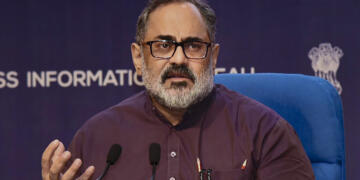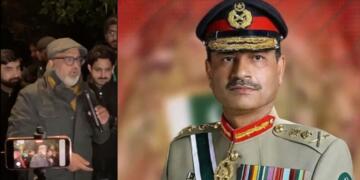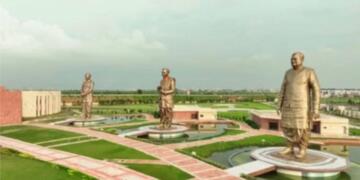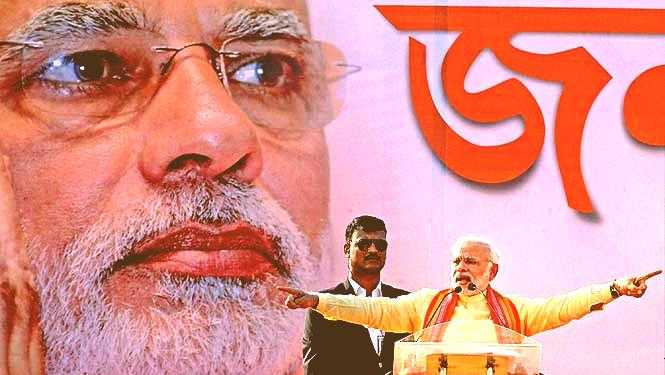2019 is all set to be a nail biter. Even though the Prime Minister’s personal popularity stands undiminished, his party will be battling anti-incumbency in multiple states. It is critical to note that it was predominatly North & West that had powered the BJP across the 272 mark in the 2014 elections. Its tally in the South and East had left much to be desired. It won merely 2 of the 42 seats in West Bengal, 1/21 in Odisha and except Assam, where it won 7/14 seats, the party’s performance was quite underwhelming. Similarly, in the South, except Karnataka, where it won 17/28 seats, BJP did not have a significant presence in other Southern states. However, the tide seems to have turned since 2014. The BJP and its allies are in power in all of North East, except Mizoram. The party swept to power, on its own in the Left citadel of Tripura recently. In Karnataka, even though the BJP fell short of an absolute majority, it significantly improved on its tally. On the other hand, its fortunes in North & West seem to be on a decline. The party has successively lost critical bypolls in UP. Its performance in the recently concluded Assembly elections in Gujarat was not overwhelming either. MP, Chattisgarh & Rajasthan which ardue to go for polls this year will sound the bell for BJP’s prospects in 2019. While BJP’s performance will be watched keenly in all states, especially due to the rise of a Mahagathbandhan, one state which Amit Shah and his team will observe very closely is West Bengal.
West Bengal has given BJP some cause for hope. Since 2014, BJP has emerged as the main opposition party to Mamata Bannerjee’s Trinamool Congress. In the recently concluded Panchayat polls, the party emerged as the second largest party, outstripping Communists & Congress both. Its vote share has also seen a marked improvement. It will need to be seen if this translates into seats in 2019 elections.
Factors working in BJP’s favour in West Bengal-
1. Trinamool’s performance in West Bengal has been no different from that of the Communists. Didi has failed to live upto people’s expectations. The yearning for ‘Poriborton’ is evident from the fact that the BJP was elected to the gram panchayat in all districts. This, inspite of an officially patronized campaign of intimidation against the BJP by Trinamool goons. Especially in Purulia and Jhargram, the BJP has almost rivalled Trinamool’s performance.
2. Didi’s minorityism seems to be herding the Hindus into a USHV (United spectrum of Hindu voters) in West Bengal, as in other parts of the country. Didi’s blatant pandering to minority sentiments has erupted in riots, virtually unknown in West Bengal in the past. The recent celebrations of Ram Navami point to the increasing support for a Hindu agenda in the state.
3. Narendra Modi‘s personal credentials as an incorruptible, development oriented leader are in stark contrast to Didi’s temper tantrums and lack of a cohesive agenda. West Bengal yearns to return to the path of development and progress, denied to it by successive Communist & Trinamool leaders. It does not help that many Trinamool functionaries are under the radar for corruption and personal aggrandizement.
4. BJP has shown that it can endear itself to the Bengali voter. Its recent landmark victory in Tripura points to the fact that Bengali voters in the state overwhelmingly picked the saffron party as their choice. This is bound to have ramifications in West Bengal.
Factors working against BJP in West Bengal-
1. Demographics: Muslims constitute the single largest, homogeneous voting block in West Bengal and there seems to be no indication that they would vote for the BJP. Unless the BJP can get a majority of Hindus to vote for it, it is unlikely that the BJP can sweep West Bengal.
2. Political violence: Trinamool is now seemingly replicating the Kerala model of dealing with Opponents, which has long been practised by Communists in that state. The recent gruesome public hangings of BJP workers and the violence unleashed by Trinamool goons during Panchayat elections and their aftermath, makes it plain that Trinamool won’t relinquish power democratically.
3. Local leadership: While West Bengal continues to be the top priority for Amit Shah and even Narendra Modi, the fact remains that the BJP has been unable to grow a local leadership in the state that can challenge Mamata Bannerjee’s might. For all purposes, Amit Shah continues to be an outside face to the average Bengali voter.
4. Mahagathbandhan: While it is unlikely that Trinamool & the Communists would ever join hands, nothing is certain, given Congress’s machinations to forge an anti-Modi front in the state. Any sort of electoral understanding, implicit or explicit between Congress, Trinamool & Communists would bury the idea of a BJP win in West Bengal.
Conclusion: BJP will need to empower its state unit to emerge as a viable alternative to Trinamool in the state. Modi magic works best when there is a strong local unit that can take his message to the people. It will also need to counter the violence perpetrated by Trinamool goons to give confidence to its voters and workers. For now, it is sufficient to say that BJP will improve its tally from an abysmal 2/42 seats, it could even cross the psychological 20 seat barrier in the state.

































